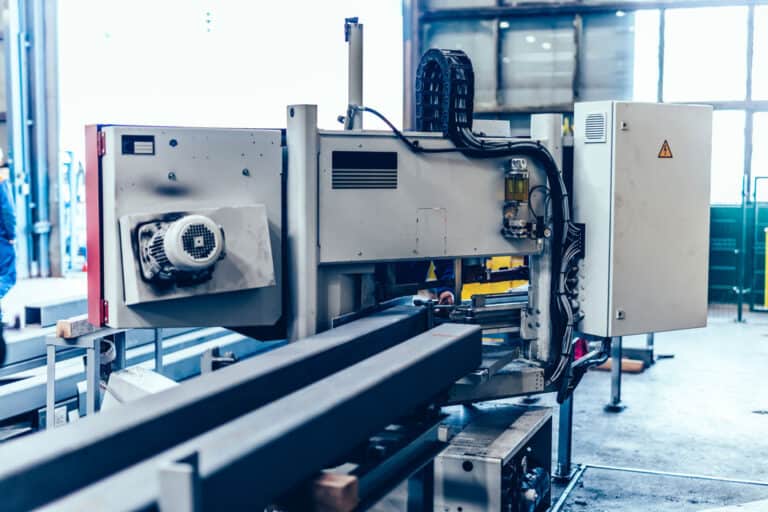Now, I know some of you might be thinking, “What the heck is a safe work method statement?” Don’t worry, I got you. A safe work method statement, or SWMS for short, is a document that outlines the high-risk activities involved in a specific job, the hazards associated with those activities, and the control measures that will be put in place to mitigate those risks.
In other words, an SWMS is a way to ensure that your workers are aware of the risks involved in a job and that they have the proper training and equipment to minimise those risks. And if you’re running a business, you want to make sure that your workers are safe, because that’s not only the right thing to do, but it’s also good for your business.
So, how do you implement safe work method statements? Here are a few tips that can help.
First things first, you need to identify the hazards and risks associated with the job. This means taking a close look at the tasks involved, the equipment needed, and the environment in which the work will take place. You need to consider things like potential falls, exposure to hazardous substances, electrical hazards, and anything else that could pose a risk to your workers.
Once you’ve identified the hazards and risks, you need to come up with control measures to mitigate those risks. This could mean providing your workers with the proper personal protective equipment (PPE), ensuring that the equipment they’re using is in good working order, and making sure that they’re properly trained on how to do the job safely.
When it comes to writing the actual SWMS document, there are a few things to keep in mind. First of all, make sure that the document is easy to understand. You don’t want to use a bunch of technical jargon that your workers won’t understand. Keep it simple and straightforward.
Next, make sure that the SWMS is tailored to the specific job. You don’t want to use a one-size-fits-all approach, because every job is different. Make sure that you’re addressing the hazards and risks that are specific to the job at hand.
And finally, make sure that the SWMS is easily accessible to your workers. You don’t want to have it buried in a pile of paperwork that nobody ever looks at. Make sure that it’s readily available and that your workers know where to find it.
Now, I know that implementing safe work method statements might seem like a lot of work, but trust me, it’s worth it. Not only will it help keep your workers safe, but it can also save you a lot of money in the long run.
Think about it this way, if one of your workers gets injured on the job because they weren’t properly trained or didn’t have the right equipment, that’s going to cost you a lot of money. You might have to pay for medical expenses, lost wages, and even legal fees if the worker decides to sue you.
But if you have a solid SWMS in place and your workers are properly trained and equipped, you can minimise the risks of accidents happening in the first place. And that’s going to save you a lot of money in the long run.
So, to sum it up, implementing safe work method statements is all about identifying the hazards and risks associated with a job, coming up with control measures to mitigate those risks, and creating a document that’s easy to understand, tailored to the job at hand, and easily accessible to your workers.
Cheers,

![]()







